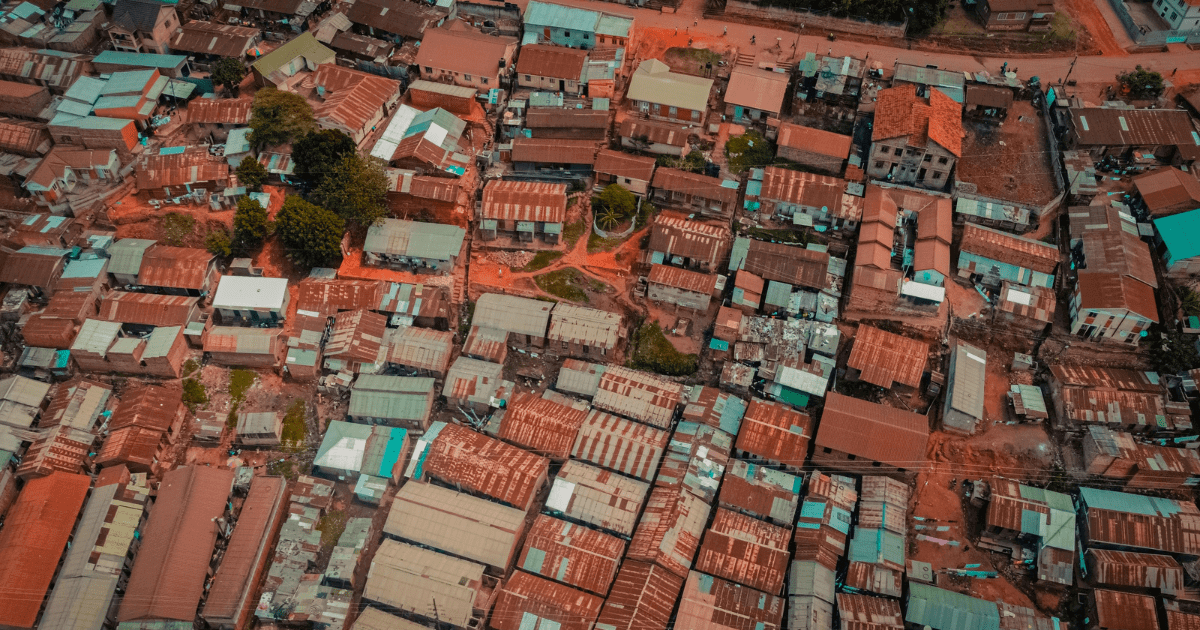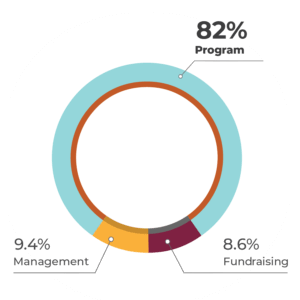Worldwide human trafficking has seen a startling increase in the last few years. Today, we’re going to take a look at some common techniques that traffickers use throughout the world.
The Bar Deception

Some unscrupulous bar owners prey upon girls and young women who come into the city looking for work. When the victim signs on at a bar, she thinks her duties will be those of a normal server.
The bar owner then pressures her into “keeping the customers company,” eventually breaking down her reservations until the child is sold for sex. Sometimes, these bar owners will pay extremely low hourly wages to help force the victim to seek “after-hours” money.
We see variations of this technique on multiple continents, but most cases occur in the Asia-Pacific region, where about 60% of all commercial sex trafficking occurs. Some indicators of these establishments include girls “on display” outside the bar or blacked-out windows. We’ve also seen a similar method in the regions of Africa we work in, wherein brothel owners will take in homeless children before getting them addicted to drugs and putting them to work for their “clients.”
Bait and Switch

In this method, traffickers will post fake job offers on the internet, often for work in neighboring countries, before entrapping their victims.
Confinement: Once traffickers meet with their targets, they promptly “confiscate” their identification and threaten them to ensure they stay compliant. In more extreme cases, they’ll also drug their targets and move them to a new location, where they are exploited.
Pig Butchering: This crime, most common in Asia, mostly targets young, college-educated men, as well as some women, in the tech sector. After luring them into a nearby country with the promise of high-paying tech jobs, traffickers lock their victims in massive buildings and force them to scam other victims for long hours under extreme duress. You can learn about the complicated rescue process for these victims.
Grooming

Grooming is one of the most common ways traffickers deceive their victims.
In grooming situations, a victim is slowly deceived and conditioned into exploitation, often without realizing what’s being done to them. This can happen in a few ways:
In-person: Traffickers patiently form relationships with their targets, gradually earning their trust. Many traffickers at the Nepal border implement this tactic to lure their victims across; the traffickers later drop the facade and subject their victims to horrific exploitation.
Online targeting: Increasingly, traffickers complete their entire grooming operation online by simply adopting a new persona and developing a relationship through messaging. By manipulating their victims into sharing illicit photos of themselves, traffickers can blackmail their targets. Online exploitation of this sort is growing at an alarming rate and requires a unique approach to combat.
Social media: In this case, there isn’t even a trafficker involved in the grooming process. The grooming normally occurs when two social media trends combine: materialistic social climbing and the encouragement of a “sugar daddy” mentality. The more a victim views these unhealthy lifestyles positively—as they’re often portrayed online—the more she comes to accept them as “normal.” After a time, girls who’ve been conditioned to think this way walk willingly into the claws of traffickers who connect them with abusers and split the cut.
Survival

Many of the victims we help in impoverished areas endure horrific treatment from abusers without a “middleman” connecting them. Tragedy and poverty have driven them to the extremes of desperation. Faced with starvation, these kids are forced to sell the only thing that they have left: their bodies.
Our project leaders have reported that these kids can be easy to spot. A startling percentage are orphans, and many are on the cusp of homelessness. Many are victims of multi-generational exploitation, meaning that they are born to other abuse victims who were likewise trapped in sex exploitation at an early age. Rescue in this sector requires a holistic approach to eliminate these vulnerabilities.
We’re rescuing kids from each of these situations every day. If you’d like to do more than recognize trafficking abroad and want to send rescue to exploited children, join us. Fill out the form below to rescue a child today.
Donate with confidence
Over the last three years, 82% of every dollar we spent was used for programs that benefit the children we defend.
Destiny Rescue is recognized by Guidestar, Charity Navigator, the Better Business Bureau and Excellence in Giving for our commitment to transparency, accountability and financial integrity.



 Australia
Australia New Zealand
New Zealand United Kingdom
United Kingdom

